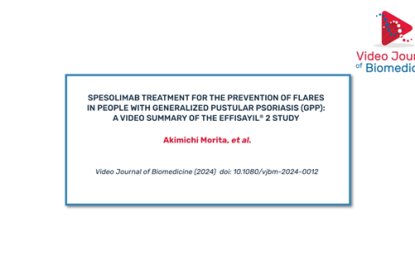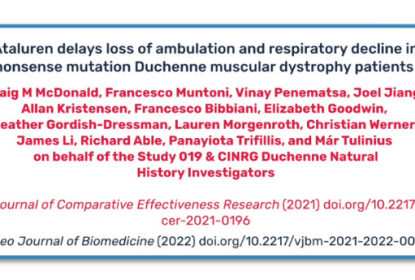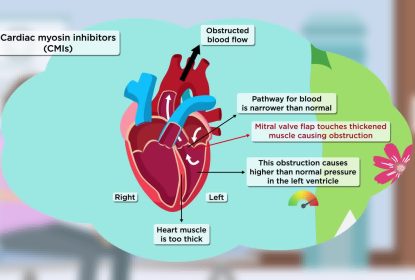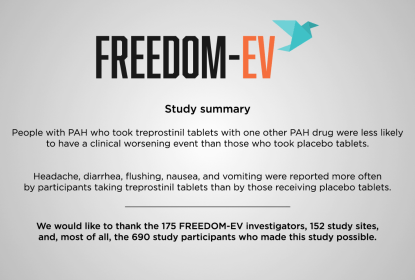
Propensity score matching methodology: why and how it is used
Learn more about propensity score matching and how it is used to evaluate data in observational studies that do not have an internal comparator in this animated video. To find out more about how the methodology was used to evaluate effectiveness data from a patient drug registry and an open-label study, please refer to the two research articles cited below, which were originally published in the Journal of Comparative Effectiveness Research.
Propensity score matching is a method used to estimate treatment effect when random assignment of patients to treatments is not possible through matching patients receiving treatment in the study of interest with patients from an external comparator group according to patient characteristics, or covariates.
Original publications:
Safety and effectiveness of ataluren: comparison of results from the STRIDE Registry and CINRG DMD Natural History Study.
Eugenio Mercuri, Francesco Muntoni, Andrés Nascimento Osorio et al.
Journal of Comparative Effectiveness Research (2020). https://www.futuremedicine.com/doi/10.2217/cer-2019-0171
Ataluren delays loss of ambulation and respiratory decline in nonsense mutation Duchenne muscular dystrophy patients.
Craig McDonald, Francesco Muntoni, Vinay Penematsa et al.
Journal of Comparative Effectiveness Research (2021). https://www.futuremedicine.com/doi/10.2217/cer-2021-0196





